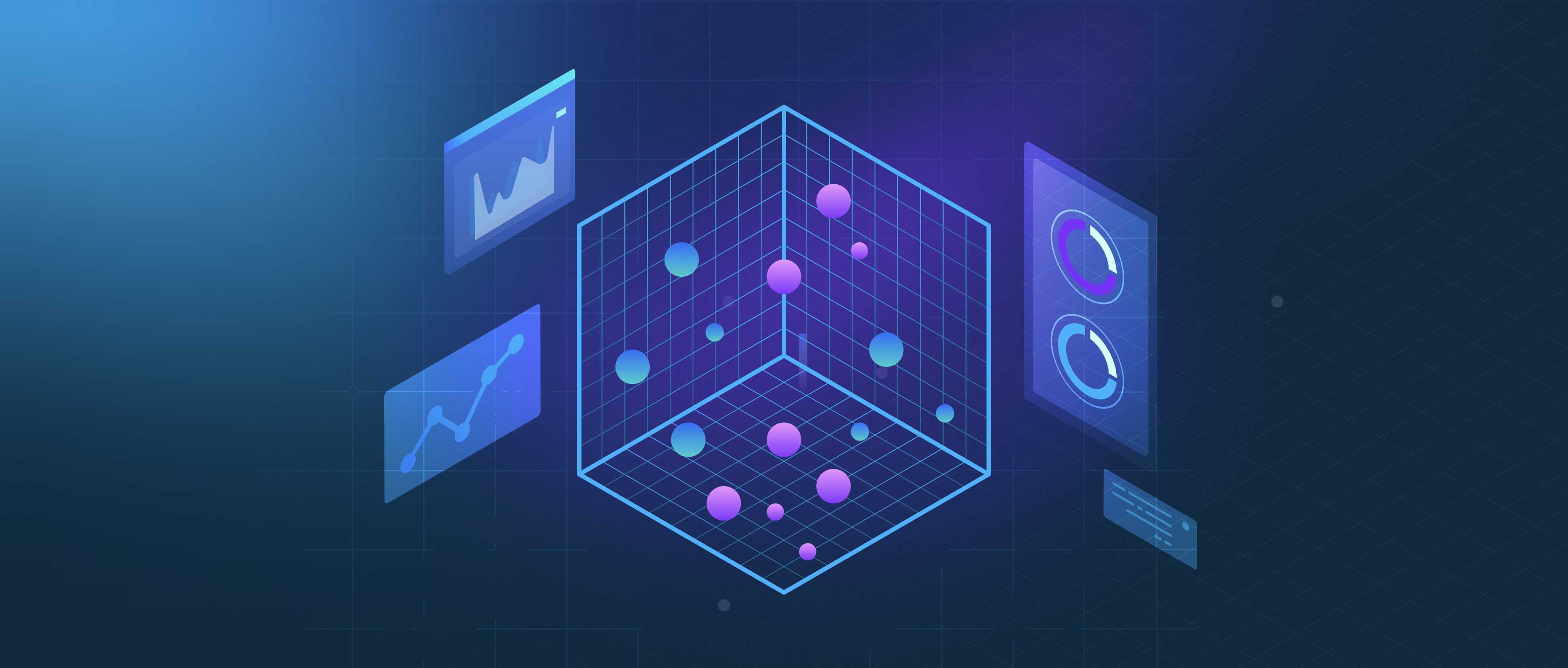The technology behind AI involves a combination of various methods, algorithms, and computing resources designed to enable machines to perform tasks that typically require human intelligence. Core technologies include machine learning (ML), where algorithms allow machines to learn from data and improve over time, and deep learning (DL), which uses neural networks to model complex relationships in large datasets. Additionally, technologies such as natural language processing (NLP), computer vision, and reinforcement learning are commonly employed to allow AI systems to interpret and act upon data in ways that resemble human cognition. For example, NLP enables machines to understand and generate human language, while computer vision allows machines to recognize and interpret images. The success of AI also depends heavily on high-performance computing resources, such as GPUs and cloud platforms, which allow for faster data processing and model training. The rise of big data and the ability to process large datasets in parallel also play a significant role in AI development, enabling more accurate predictions and decision-making across various industries.
What is technology behind AI?

- The Definitive Guide to Building RAG Apps with LlamaIndex
- The Definitive Guide to Building RAG Apps with LangChain
- Exploring Vector Database Use Cases
- How to Pick the Right Vector Database for Your Use Case
- Natural Language Processing (NLP) Basics
- All learn series →
Recommended AI Learn Series
VectorDB for GenAI Apps
Zilliz Cloud is a managed vector database perfect for building GenAI applications.
Try Zilliz Cloud for FreeKeep Reading
How do I handle embedding model updates without reprocessing all data?
To handle embedding model updates without reprocessing all data, you need a strategy that balances efficiency with consi
What are common evaluation metrics for image search?
When evaluating image search systems, several metrics are commonly used to assess their effectiveness in retrieving rele
What is semi-supervised learning in deep learning?
Semi-supervised learning in deep learning is a machine learning approach that combines both labeled and unlabeled data f